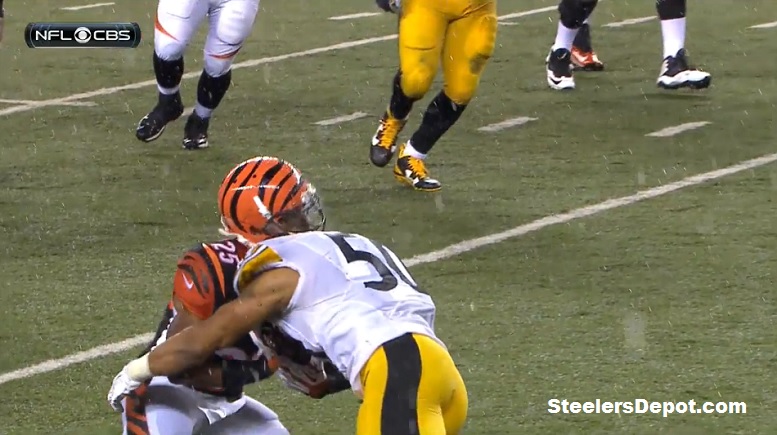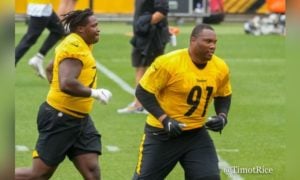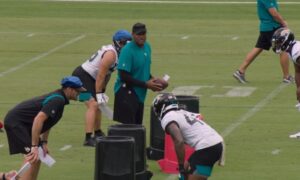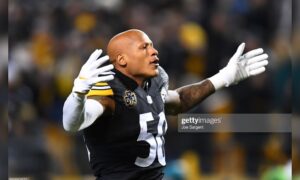Pittsburgh Steelers President Art Rooney II denied that the injury suffered by inside linebacker Ryan Shazier during a tackle attempt against Cincinnati Bengals wide receiver Josh Malone in an early December game this past season that left him temporarily paralyzed was the catalyzed for a rule that would now make that same tackle illegal.
It’s easier to say, but harder to believe. It may not have been the sole catalyst, but I’m certain that it was a key feature of the discussion, and it is what many in the public are going to focus on when they talk about it. Just do a search about the rule and see how many articles turn up with a picture of Shazier.
Some people are calling it the Ryan Shazier Rule, the second rule associated with a Steelers player that was passed during the Annual League Meeting, with the other being the Jesse James Catch Rule. Even Rooney conceded to the latter.
But the fact of the matter is that this is already an extension of another ‘Ryan Shazier Rule’. A hit that Shazier made on Bengals running back Giovani Bernard during the 2015 postseason that produced a fumble was deemed legal at the time.
But a rule was adopted during the offseason that would have made it illegal to make a tackle attempt using the crown of the helmet in the manner in which he did, which seemed to be a direct response to the high-profile tackle. So many of the rules that draw attention do seem to stem from specific moments on the field.
As Kevin Seifert explained in an article for ESPN, the new lowering the helmet rule “will take the place of a previous rule that limited the penalty to contact with the crown of the helmet”. And Shazier hits featured prominently in getting both of those rules passed.
The article mentions that private league research found that, incredibly, nearly one out of every two such helmet-to-helmet hits that occurred during the 2017 season resulted in a concussion. That is a startling frequency, and explains why concussions were at a five-year high this past season, nearly 300 documented.
That research may have been the bedrock behind the rule change, but as we all well know, it usually takes a high-profile moment to really initiate change, and watching a Pro Bowl linebacker suffering a possibly career-ending injury during a December primetime game would qualify as a high-profile moment.
There is still a lot to sort out when it comes to this rule, particularly with regard to how it will be implemented on the field, but it is yet another in a growing tally of legislative actions that are tied to the Steelers, for better or worse.








